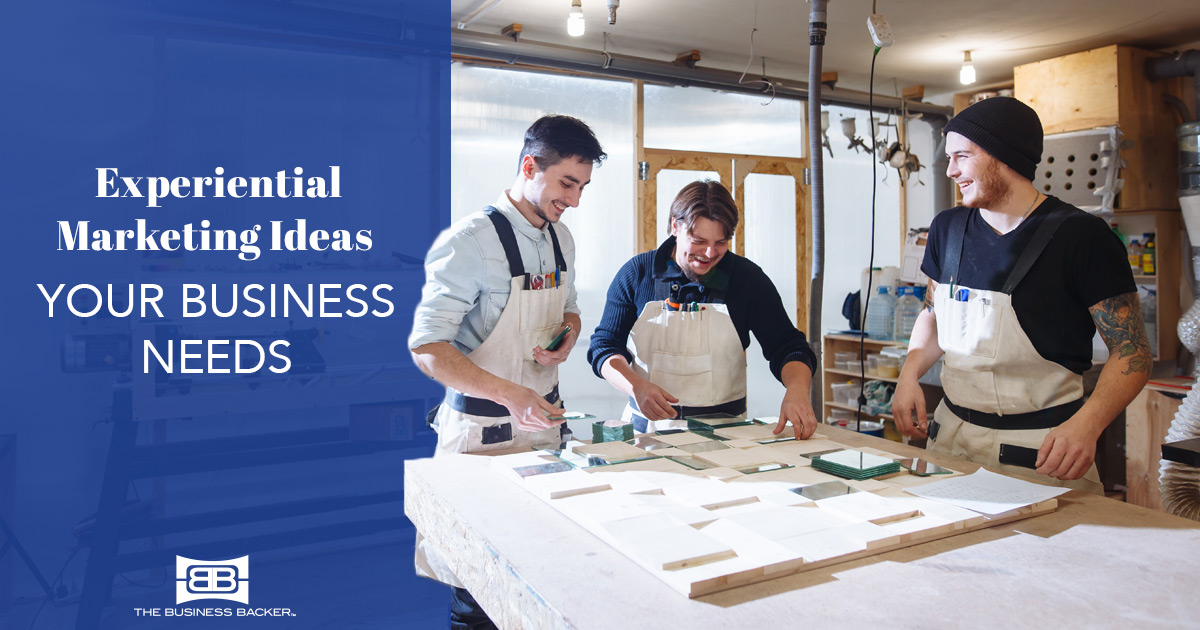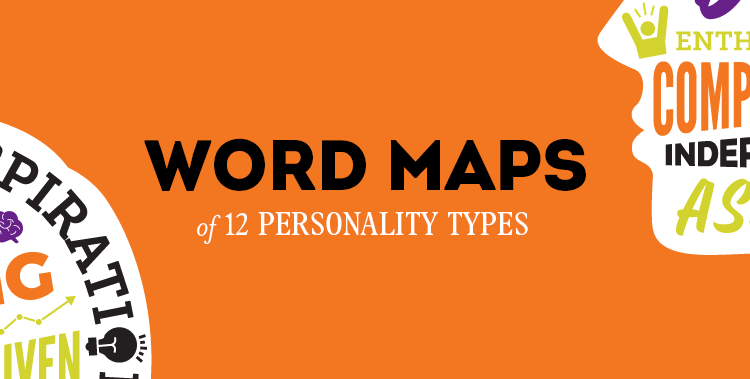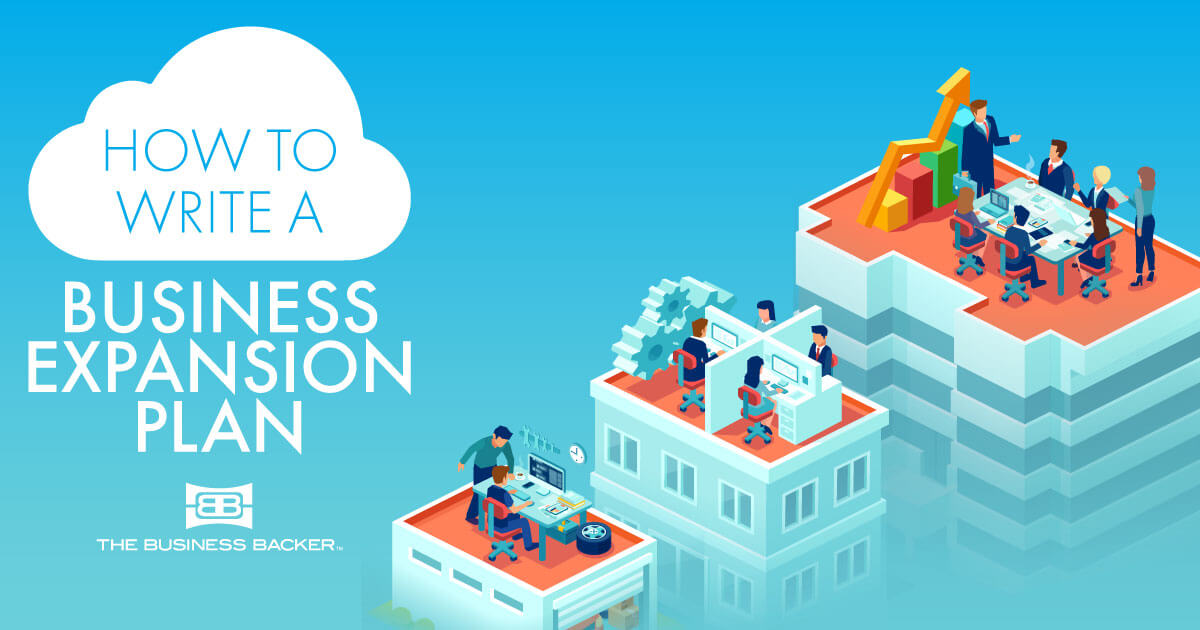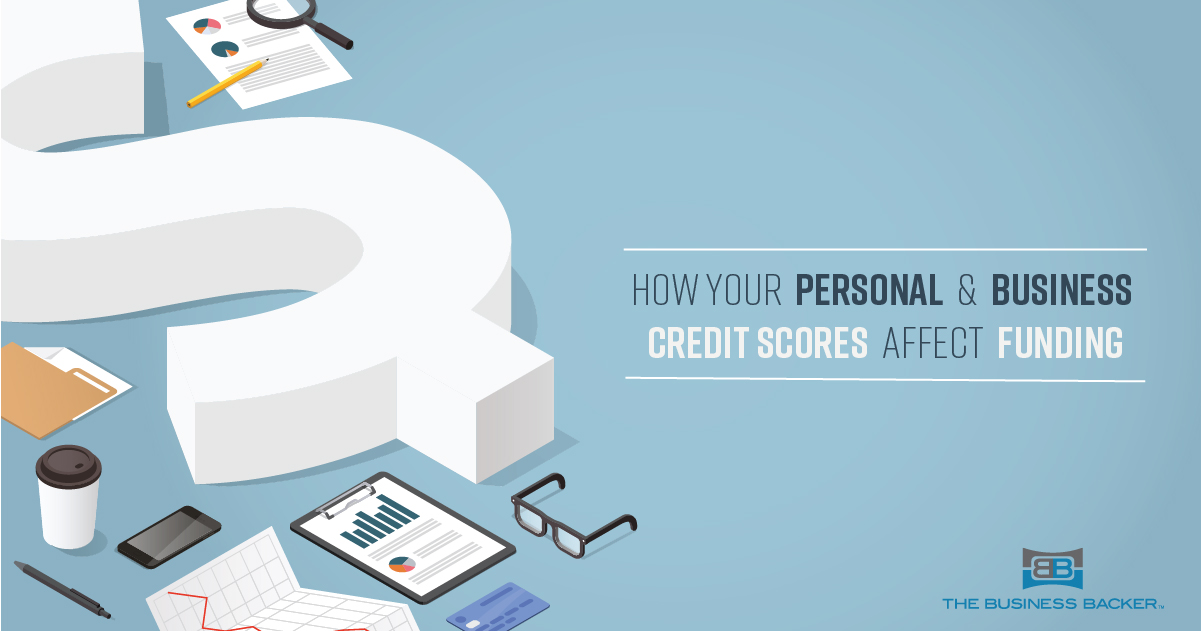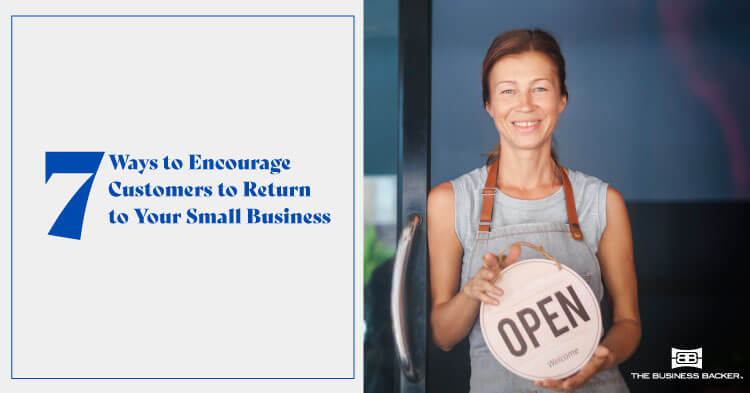What Experiential Marketing Is and Why You Need It
Marketing best practices are constantly being refreshed. The “must-do” trend in Q1 may be extinct by Q3. The need to be bold, move fast and stand out among the competition is driven by this new age of smart marketing where we can access customers across multiple platforms and at various stages of the purchasing process. To put it bluntly, customers are inundated by, and therefore disinterested in, traditional advertising. But when does too much begin to be simply too much? Where is the line and how do we walk it to achieve the effect we want without simply becoming background noise?
Experiential marketing could be your answer. Consumers aren’t phased by your Instagram post with a basic call to action or your typical bus stop poster — oversaturation has led to apathy. Experiential marketing, or the concept of marketing as an experience, combats the apathy and aims to reach consumers in an emotional and engaging way through an experience they want to participate in.
Experiential marketing stands out from other marketing methods because the goal is untraditional. Basic advertising pushes products — experiential advertising pushes an idea. And that idea is a positive, lasting impression of your brand that your customer is driven to participate in and share with others. Your agenda isn’t product based but rather a big picture plan to drive brand loyalty as part of customers’ existence, fueled by the vision and feeling of what their life would be like with your product. While this may sound like an unsteady new-age philosophy, what it really comes down to is brand loyalty. In a world where Americans can access what they need in countless online or chain stores, why would they choose you over other companies that carry the same product? The only major difference is the emotional connection. That’s the area your marketing should live in, and this is what it could look like for you.
Experiential Marketing Ideas
- Pop-up shops: There is something exclusive and exciting — and therefore alluring — about the concept of “here today, gone tomorrow” behind a pop-up shop. It also allows you to present your brand in a space where your brand might not organically show up, allowing you to connect to a new audience you may not have otherwise.
- Classes or workshops: You’re an expert on your product. Letting your customers in on your trade secrets is a way to make your customers feel special, and it lets you build comradery, all while demonstrating your knowledge (and thereby your trustworthiness).
- Giveaway events with engagement: You can let your product speak for itself via samples. You may make an impressive pie, but what if you give samples of it away by an Instagram-worthy background that people are eager to snap a picture in front of. While your pie would be the secondary aspect of this experience, the positive memory of a fun photo opportunity with friends (which will hopefully be shared with online friends far and wide) is now connected to your pie in customers’ minds. You’ve effectively united fun and positivity with your wonderful pie.
